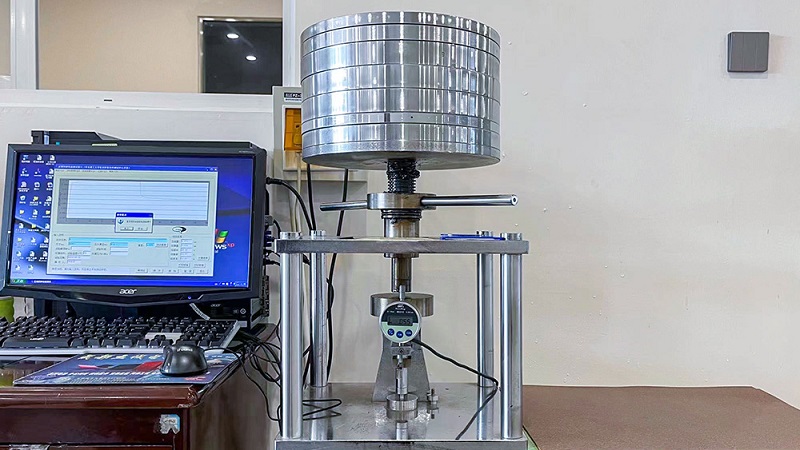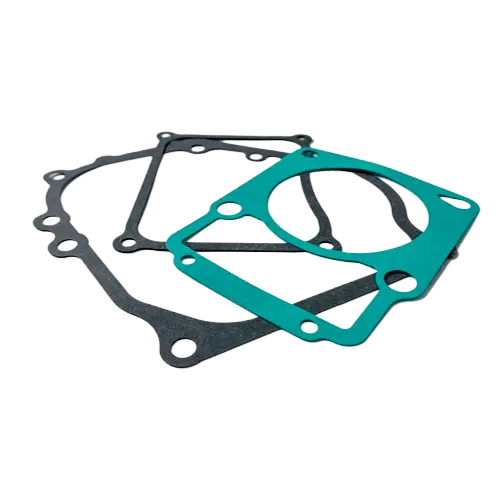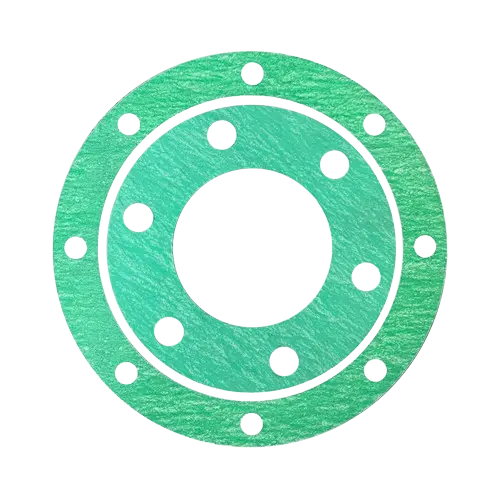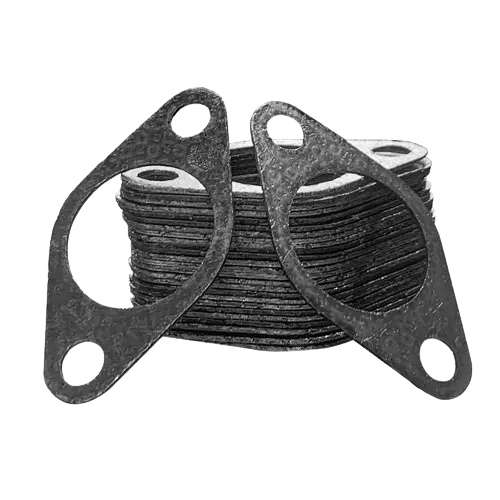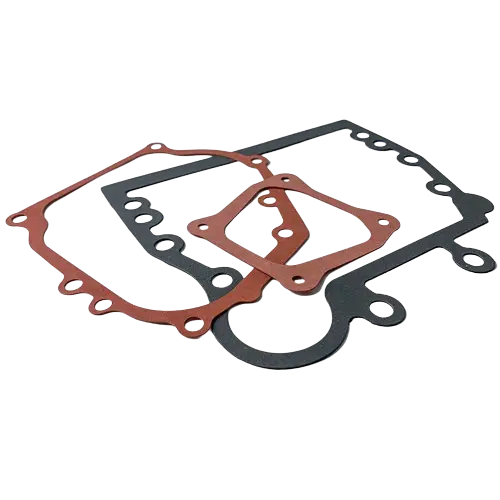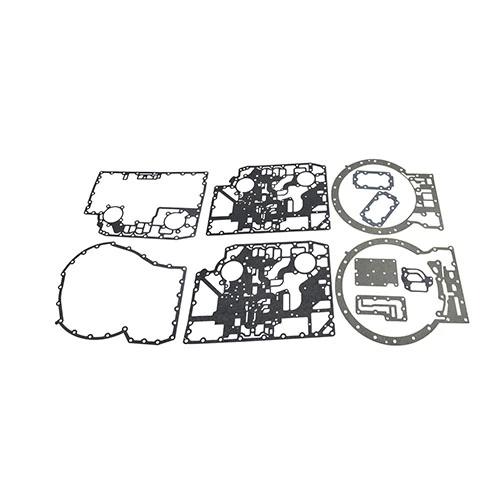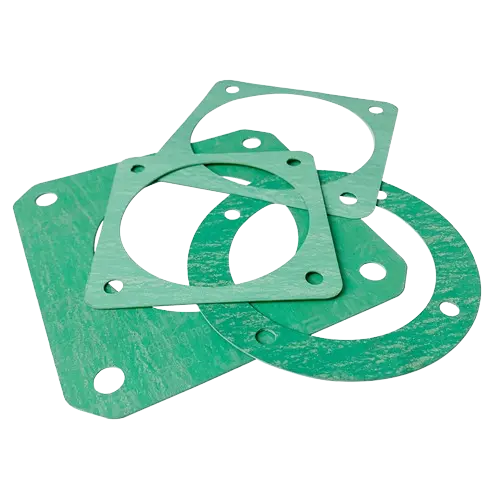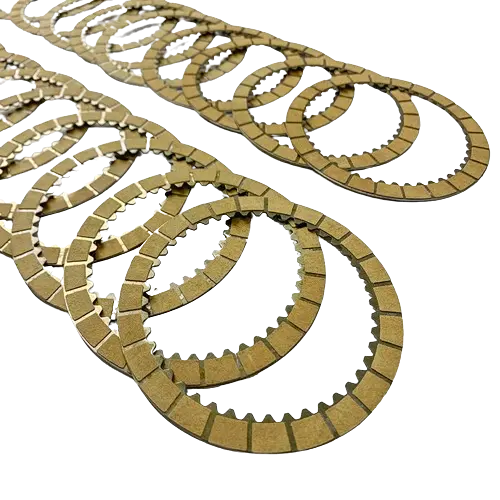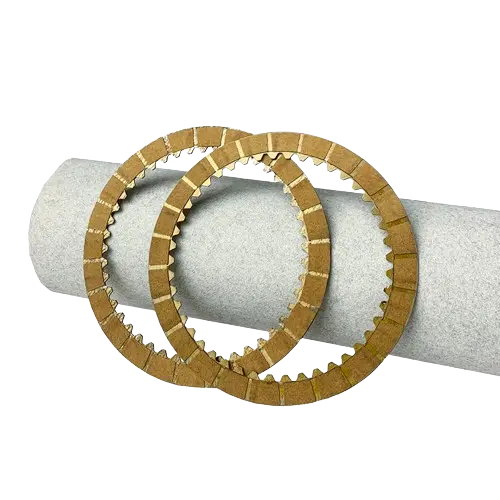Gasket compressibility relates to the ability of the gasket to conform to irregular flange surfaces. Flange surfaces are never completely flat and smooth. A certain degree of gasket compressibility allows the gasket to conform to the flange surface, compensating for irregularities and deformations on the flange surface, providing good sealing performance to the sealing system. Paradoxically, increasing the compressibility and compliance of the gasket will reduce other gasket-specific properties, such as torque retention. In addition, a highly compressible material tends to relax over time, thereby reducing the initial compression force generated by the bolts and compromising the seal.
The material of the flange material affects the degree of conformability and compliance required for the gasket to achieve a seal. Lightweight flanges, such as plastic or stamped metal covers, will deform significantly when the bolts are tightened. For example: oil pan gaskets and valve covers, these applications require the use of more compliant gasket materials, such as thick gaskets made of cork rubber.
For more rigid flanges, compliance is not a very important factor. However, the flatness and smoothness of the flange combined with the amount of bolt load still affects the compressibility of the required material.
Smoothness and flatness determine the thickness of the gasket. The flatter and smoother the flange surface, the thinner the gasket required. Irregular surfaces require thicker gaskets. Typical rigid applications with slightly irregular flange surfaces and low bolt loads such as engine thermostat housings, water pumps and intake manifolds are suitable for gasket materials with higher compressibility.
For rigid and smooth applications with high bolt loads, the materials that can be used will point to thin and hard gaskets with relatively low compliance. Applications include refrigeration compressors and large industrial-grade pumps.
Gasket materials reinforced with fibers are generally manufactured by one of the following two methods: rolling and copying. Rolling is a dry production process. The mixing process uses organic solvents to help disperse the raw materials. Since fibers are not easy to disperse in organic solvents and are easy to agglomerate, it often results in uneven dispersion of product raw materials. Fibers may gather together in some places, resulting in inconsistent performance on the gasket surface. The copying method uses water as the operating medium and utilizes the mechanism that the raw materials contain negative charges in the water medium to make the raw materials evenly distributed through stirring, so that the performance of the material is also more uniform.
